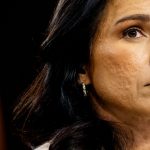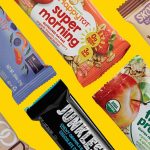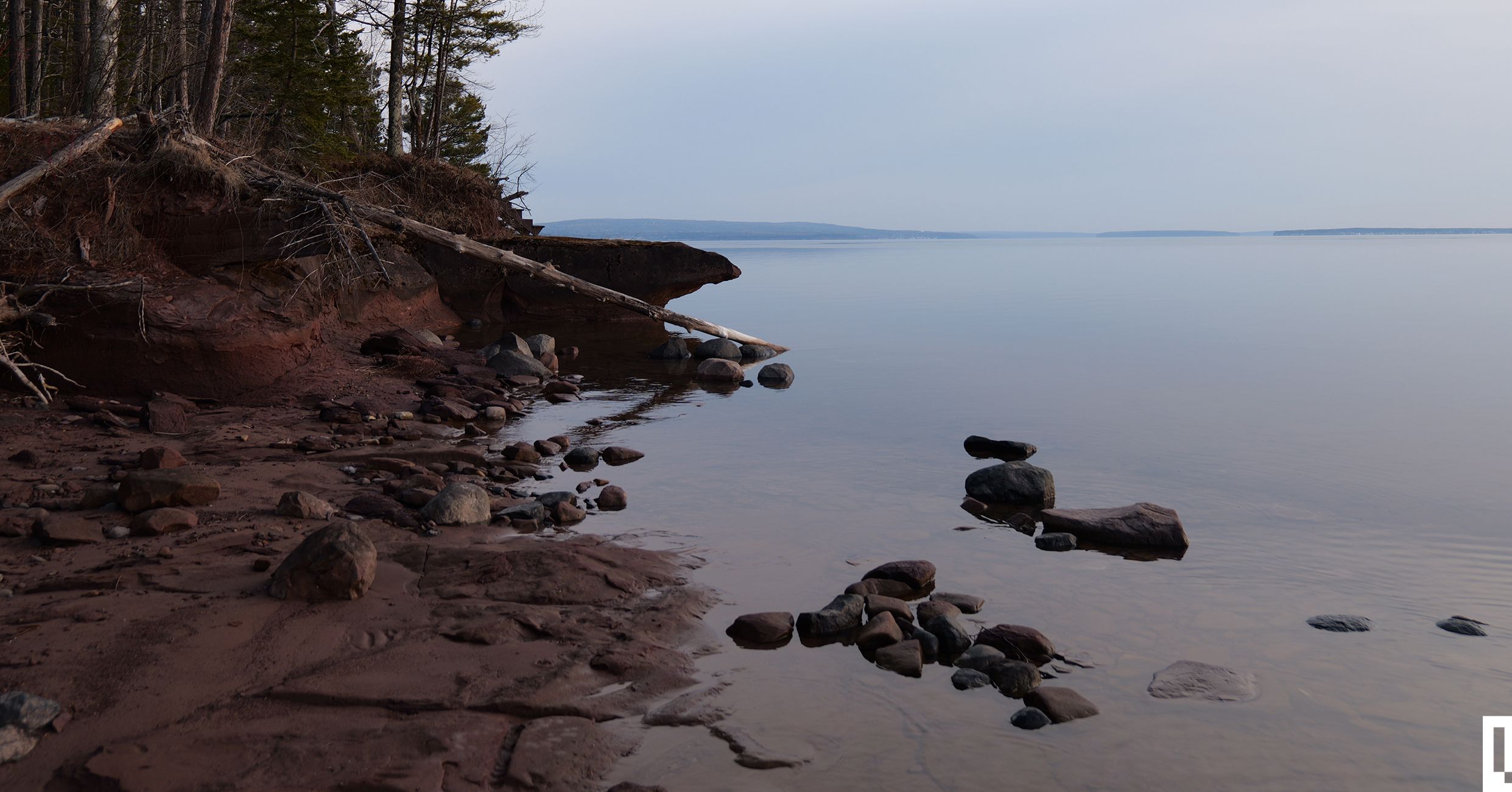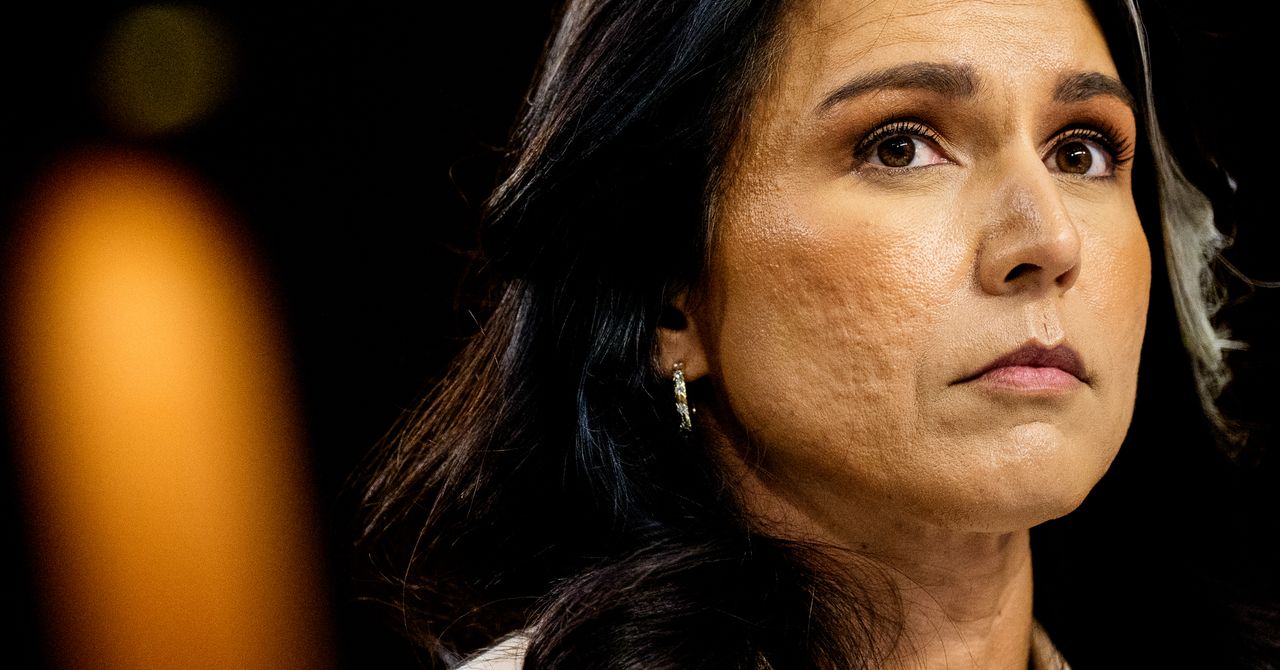We reviewed popular products from Aquaphor, Aveeno, Burt’s Bees, California Baby, Earth Mama, and other brands to bring you safer, more sustainable picks
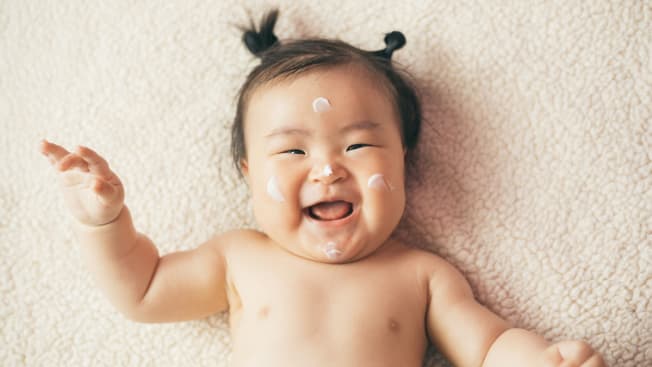
By Sydney Cook
Update: This article has been updated to reflect the reformulation of Tubby Todd’s Every Day Lotion, Fragrance Free, which no longer contains phenoxyethanol. The product is now in our "Best" category, posing no known risks.
Have you ever wondered if baby products are really safer and gentler than adult products? To investigate, Consumer Reports partnered with Made Safe, a nonprofit organization that certifies products as safer and more sustainable. Made Safe compared adult and baby lotions used to moisturize skin on ingredient safety and price, and also looked into whether babies really need specially formulated products.
CR also tested 10 of the baby lotions for toxic contaminants such as lead, 1,4-dioxane, and total fluorine (which is an indicator of PFAS) with reassuring results: We didn’t detect any of those particularly concerning substates in any of the products.
Still, other problematic substances can be found in baby lotions, hiding in plain sight on the labels. Some can contain ingredients linked to health or environmental effects, so we analyzed ingredient labels to identify products with and without concerning ingredients.
CR reached out to all the companies that make products we identified as posing Some Risk or More Risk. Only Galderma, the maker of Cetaphil, responded, saying that all of its products "have a long and robust safety record. Furthermore, our products meet FDA safety standards, and we continuously monitor FDA guidance regarding the safety of the ingredients used in each of our products."
Do Babies Need Special Lotion?
They can help, says Birnur Aral, PhD, a chemical engineer with a long history in the personal care industry, who now consults with companies on product development and sustainability. Baby lotion formulators, she says, “have tailored their formulas to meet their needs.”
A baby’s skin is structurally and functionally different from an adult’s, Aral says. It has a reduced ability to regulate moisture levels and a thinner outer layer, which is the layer that helps to protect the body from pathogens and toxic substances. Aral says that these factors “underscore the need for gentle formulations that bolster the skin’s natural defenses without causing irritation.”
So baby lotions should offer moisturizing and hydrating ingredients that support a baby’s skin barrier, she says. Some adult lotions have the same ingredients, but they may be at lower concentrations.
Note that baby lotions aren’t meant to be used every day, necessarily, but when your skin is dry. And they are different from diaper creams, which are used to prevent or treat diaper rash.
Most baby lotions are also okay for the whole family, Aral says. Just make sure that they’re labeled all-purpose and not intended to treat baby-specific conditions like cradle cap or diaper rash. (Note that children’s sunscreens can also be good choices for the whole family.)
Are Baby Lotions Safer Than Adult Ones? Do They Cost More?
Not necessarily.
Our side-by-side comparison found that some ingredients in certain baby lotions, like those in adult versions, were linked to various human health and environmental concerns.
And surprisingly, generally don’t cost much more, either. We found the price increase was most commonly less than 5 cents per ounce, and some were actually less expensive.
However, our best baby lotions did tend to cost more. For example, California Baby Super Sensitive Everyday Lotion costs about $2 per ounce, compared to about 50 cents an ounce for Baby Dove Fragrance-Free Moisture Hypoallergenic Lotion, one of the least expensive lotions in our analysis.
Those higher prices make sense, given natural and more sustainable raw materials are typically more expensive than synthetic and petroleum-derived raw materials, driving up the cost of the product. For example, California Baby primarily uses naturally derived ingredients in its baby lotion while Baby Dove uses more synthetic ones.
What Ingredients Are Used in Baby Lotions?
Preservatives: These ingredients prevent bacteria and mold from growing in products and also increase shelf-stability. However, some preservatives may pose certain health risks. Of particular concern are phenoxyethanol and polysorbates. These and related compounds are sometimes combined with another chemical, ethylene oxide, during manufacturing to make other ingredients in the product feel less harsh. But the result of this process, called ethoxylation, can be a by-product called 1,4-dioxane. That chemical is linked to several types of cancer and for that reason, as of the end of 2023, personal care products sold in New York state must meet a maximum threshold of 1 part per million.
CR tests confirmed that all 10 baby products we examined were in line with the New York compliance limit. However, some safety experts say that New York’s limits may not be stringent enough, given research suggesting that 1,4-dioxane is linked to several cancers at even very low levels and that the chemical can be released into the environment during manufacturing.
Dimethicone: This ingredient, a form of silicone, is used in many lotions and other personal care products, as a skin protectant. It is generally considered unlikely to be harmful to people since research suggests it doesn’t penetrate the skin. But it does pose some environmental concerns, since it resists breaking down and may be toxic to aquatic life.
Fragrance: Thanks to trade secret laws, companies don’t have to reveal the specific ingredients they use to create fragrances in their lotion or any other product. Some of those ingredients, such as phthalates, are linked to cancer, endocrine disruption, allergies, environmental problems, and more.
That’s why Aral recommends avoiding fragranced products, or any product that uses catch-all phrases like “fragrance,” “natural fragrance,” or “parfum” instead of listing all the ingredients they include.
Carbomer: This chemical, used to improve the texture and feel of some products, is not likely to pose a health threat in lotions; while it has been linked to some health risks, that’s primarily when it’s inhaled, not rubbed onto the skin. Still, the ingredient doesn’t break down easily in the environment and may threaten some aquatic organisms.
Tips for Safer Baby Lotion
If you’re in search of a safer, more sustainable baby lotion, consider one of our recommended options above. Or shop using the following tips:
Avoid ethoxylated ingredients. 1,4-dioxane and ethylene oxide are not listed on labels, but you can still avoid them by looking for terms like PEG and polysorbate on labels, typically listed alongside a number like polysorbate 20 or PEG-40. Also, watch for phenoxyethanol and for the suffix “-eth” or “oxynol” like in the ingredient names “laureth” and “ceteareth.”
Skip dimethicone and carbomer to be friendlier to the planet. While neither may be harmful to people using products containing it, the ingredients are tough on the environment.
Choose fragrance-free formulations, especially for babies. To avoid potentially harmful mystery ingredients, skip products with undisclosed fragrances by looking for terms like “fragrance,” “parfum,” or “natural fragrance” on product packaging. Note that some formulas come in both fragranced and fragrance-free versions, so double-check labels to ensure you’re purchasing a fragrance-free product.
Choose lotions without mineral oil, petrolatum, and paraffin. These ingredients can be contaminated with substances linked to cancer, but it’s impossible to tell from the label if that’s the case. They also can pose risks to the environment, even when not contaminated. You can spot these ingredients by looking for one of their many other names: white mineral oil, white petrolatum, paraffin oil, paraffin wax, petroleum jelly, and liquid paraffin.
Avoid dyes. Aral noted that this was one ingredient she’d absolutely avoid in baby lotions. While colorants have been largely phased out of baby lotions, some of the products, as well as some baby bubble baths, shampoos, and toothpastes, do still contain them. Look for and avoid terms like FD&C and D&C, followed by a number (FD&C Yellow No. 5, FD&C Red No. 40, D&C Blue No. 4). (Read more about food dyes.)
Consumer Reports is an independent, nonprofit organization that works side by side with consumers to create a fairer, safer, and healthier world. CR does not endorse products or services, and does not accept advertising. Copyright © 2024, Consumer Reports, Inc.



